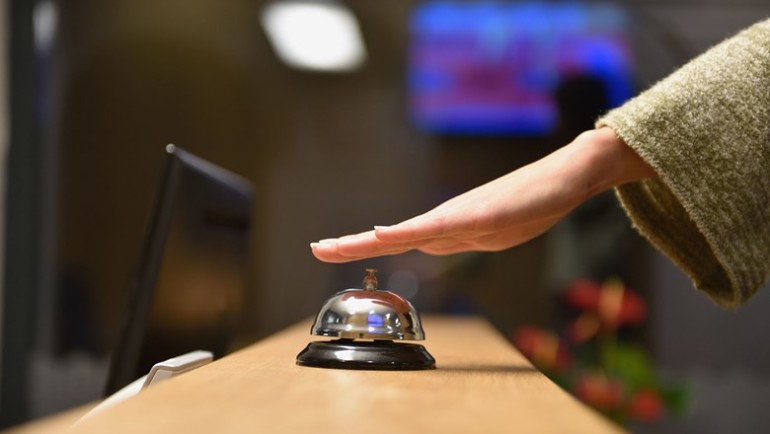Sponsored Listings:
Despite 10 consecutive weeks of week-over-week occupancy gains for the U.S. hotel industry, the recent uptick in Covid-19 cases could damage the industry’s recovery, according to the latest report from CBRE, which kept its lodging forecast relatively close to its late May update.
CBRE expects 2020 U.S. revenue per available room to decline 52% year over year, with average occupancy at 41%, well below last year’s record of 66.1%. CBRE still expects strong revenue recovery in 2021 and 2022, given an anticipated quick rebound in growth and the historic resiliency of travel demand.
The report notes two headwinds for U.S. hotels: a contraction in overall economic activity and the need for social distancing. “The speed of recovery is expected to slow in July and August as demand returns to states that open back up for travel and pauses or pulls back in areas where case numbers begin increasing again,” according to CBRE.
Further, CBRE said that “in 2019, global distribution system and group bookings represented 21% of total U.S. occupied rooms, and until group and corporate travel begin to return in earnest, GDS and group bookings will act as a ceiling on the lodging recovery.”
About 45% to 50% of luxury and upper-upscale tier bookings come through GDS and group bookings, and the upscale tier’s reliance is just above 30%. Those tiers will continue to underperform until that demand returns — and that will not happen until there is widespread availability of a vaccine or treatment, according to CBRE, which doesn’t anticipate one until mid-2021 at the earliest. Still, if U.S. Covid-19 cases begin to decline again, “many small groups and some corporate travel may begin heading into fall.”
After a wave of supplier growth this year from projects in the pipeline already under construction, it will halt, the report said, and some hotels will permanently close in 2021 as they convert to condos or apartments. In New York, CBRE expects a reduction of 17,000 rooms as hotels struggle to regain profitability.
In addition, March, April and May occupancy levels were higher at lower chain scales than upper tiers, and CBRE expects this trend to continue. With their dependence on corporate, group and inbound international demand, higher-priced chain scale hotels will lag in recovery timing, and it may be four or five years before their RevPAR returns to pre-pandemic peaks. CBRE forecasts luxury hotels to report the lowest forecasted 2020 annual occupancy at 33.4%, with economy hotels the highest tier at 46.4%.
Source: travelweekly.com










